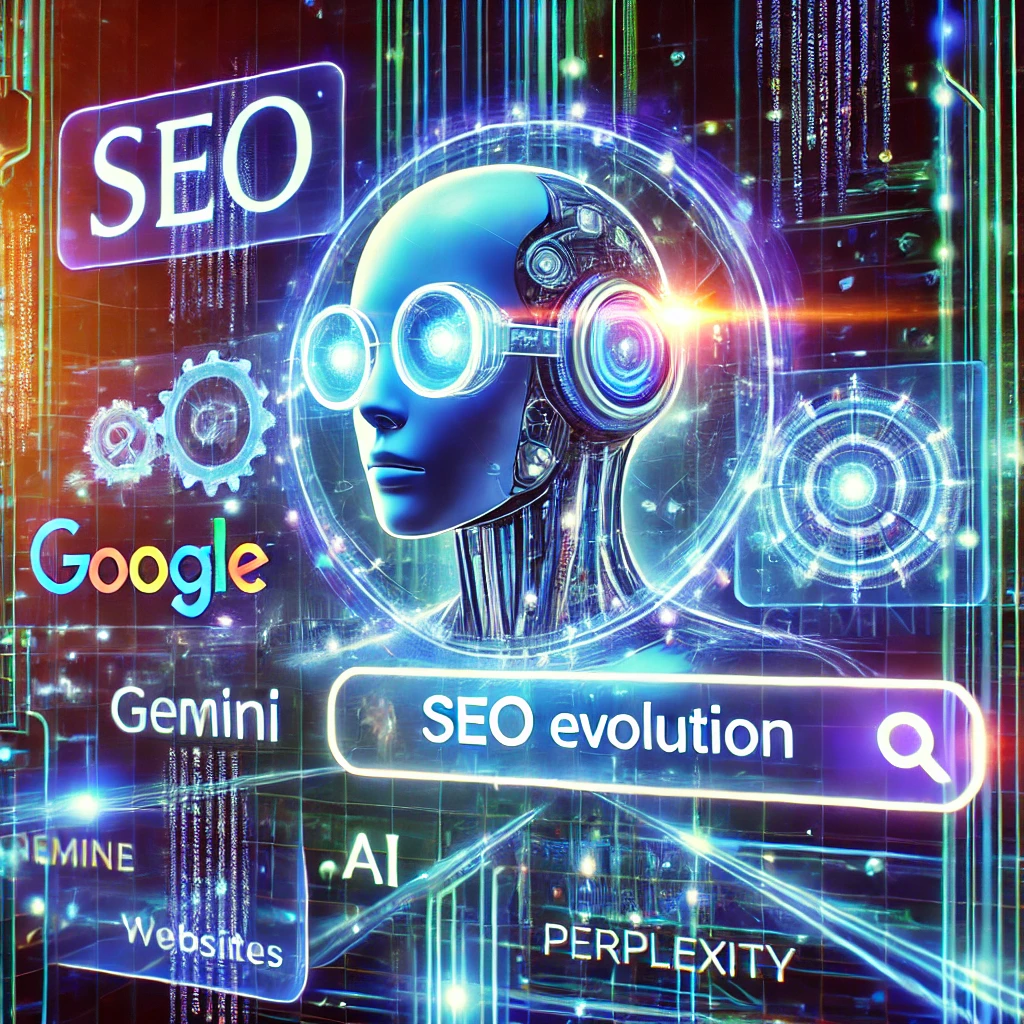Listen to the Article:
For so long, Google ranking was the holy grail of online visibility. But times are changing. AI platforms like ChatGPT, Gemini, and Perplexity are now the new information gatekeepers, determining which brands get the spotlight—and which do not.
The issue? Google Analytics won’t show you any of this traffic.
Welcome to the Invisible Traffic Revolution, where traditional SEO is no longer sufficient. To remain in the running, businesses must embrace a new way: Generative Engine Optimization (GEO).
What is Generative Engine Optimization (GEO)?
GEO is all about having your content optimized so that AI platforms can recognize, recommend, and reference your brand in their answers. Traditional SEO is all about ranking in Google’s search engine results pages (SERPs), but GEO is about having your business included in AI-generated answers.
How GEO is Unique from Traditional SEO
| Factor | Traditional SEO | Generative Engine Optimization (GEO) |
|---|---|---|
| Main Objective | Rank in Google SERPs | Be referenced in AI responses |
| Optimization Area | Keywords, backlinks, technical SEO | AI-friendly content, structured data, knowledge graphs |
| Traffic Source | Organic Google searches | AI-driven answers (ChatGPT, Gemini, Perplexity, etc.) |
| Tracking | Google Analytics, Search Console | AI mentions tracking, entity recognition |
If you’re not optimizing for GEO, you’re leaving behind considerable opportunities.
How to Improve Your GEO Performance (Step by Step)
1. Find Out Which AI Platforms Are Crawling Your Website
AI platforms do not always use Google’s search index. They use their own crawlers that gather information directly from the web. Look for this by tracking your server logs for bot activity that seems suspicious.
Action Steps:
✅ Check server logs for AI crawler usage (e.g., CCBot for Common Crawl, which is supplied by ChatGPT and Perplexity).
✅ Use Google Search Console Crawl Stats to determine if AI bots are visiting your pages.
✅ Utilize tools like Ahrefs, SEMrush, or Screaming Frog in order to uncover hidden crawlers.
Example: If bots from AI regularly visit your site but with little corresponding increase in organic traffic, they might be scraping your content but never sending visitors your way.
2. Track AI Mentions of Your Brand vs. Competitors
The fact that AI cites your content does not equate to crediting. Some platforms summarize findings without leaving links, so traditional analytics tools cannot be used for tracking.
Action Steps:
✅ Utilize AI chatbots (e.g., ChatGPT, Perplexity, Gemini, etc.) to ask industry-specific questions and ascertain named brands.
✅ Manually verify AI-generated content by typing your brand name in AI responses.
✅ Utilize brand monitoring tools like Brand24 or Mention in order to track AI-driven discussions about your business.
Example: If AI frequently refers to your competition but never refers to your brand, they likely have more AI credibility than your brand.
3. Establish AI-Friendly Topics & Questions
There are particular topics that prompt AI platforms to recommend specific sources. With this, you can refine your content accordingly.
Action Steps:
✅ Utilize ChatGPT, Gemini, and Perplexity in order to uncover industry-specific questions and identify most commonly named brands.
✅ Look for patterns—are they referencing blog postings, Wikipedia articles, or official data sources?
✅ Optimize your content around most-cited AI topics so that your content is more likely to be included.
Tip: If Perplexity frequently cites a rival’s “Beginner’s Guide to SEO,” consider creating a more comprehensive, AI-based guide.
4. Optimize for AI Visibility but Don’t Neglect Traditional SEO
Balancing GEO with traditional SEO is critical. Google remains important, but content is now designed with AI models in mind.
Action Steps:
✅ Use structured data markup (Schema.org), as AI algorithms utilize structured data for easier content extraction.
✅ Break long blocks of text into short paragraphs and utilize clear, descriptive headings that guide the reader through the material.
✅ Get indexed in reputable information sources (e.g., Wikipedia, Wikidata, Google Knowledge Graph).
✅ Write in a clear, concise way—AI prefers well-structured, factual responses.
Tip: If you run a finance blog, structuring articles in “Step-by-Step Guides” or “5 Key Takeaways” style can enhance your AI visibility.
5. Strengthen Your Brand Credibility in AI Ecosystems
AI platforms prioritize credible sources in their response generation. In order to be referenced, strong brand authority is established across platforms.
Action Steps:
✅ Get published in reputable publications (Forbes, Business Insider, etc.), as AI models like credible sources.
✅ Become a Wikipedia contributor or have your brand included in Wikidata, which is most often referenced by AI.
✅ Publish research-backed, fact-based content—AI values quality information.
✅ Use AI-powered Q&A websites like Quora, Reddit, and LinkedIn in order to enhance brand mentions.
Example: If you’re in the SaaS industry, getting a mention in TechCrunch or HubSpot blogs can establish your AI credibility.
6. Monitor & Refine GEO Performance Over Time
GEO is constantly changing, and AI search patterns are constantly shifting. Constant monitoring and adaptation are necessary in order to remain visible.
Action Steps:
✅ Perform monthly AI brand audits for tracking mentions and citations.
✅ Test out numerous AI chatbot questions in order to assess brand visibility.
✅ Match content with AI trends—adapt according to what chatbots prefer, e.g., specific styles.
Tip: If AI is pulling more from list-type articles than from blog-type articles, make your content more list-based.
Final Thoughts: The Future of Search Is AI-Driven
Google remains a dominant leader, but AI-based search is altering how individuals discover information. If your content is not being included in AI-based responses, you’re losing a whole new level of organic traffic.
By focusing on Generative Engine Optimization (GEO), you can:
✔ Get your brand noticed and suggested by AI platforms.
✔ Track AI-driven mentions and outrank the competition.
✔ Optimize content for more visibility in AI-based search results.
Those that transform now will be the future leaders in search. Those that do not risk becoming invisible.
Are you ready for the AI-powered search revolution?

Leave a Reply